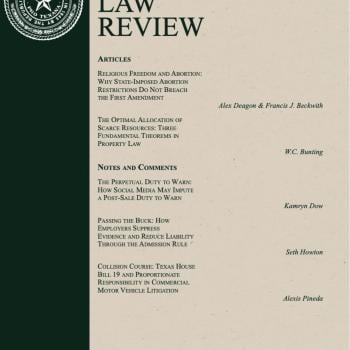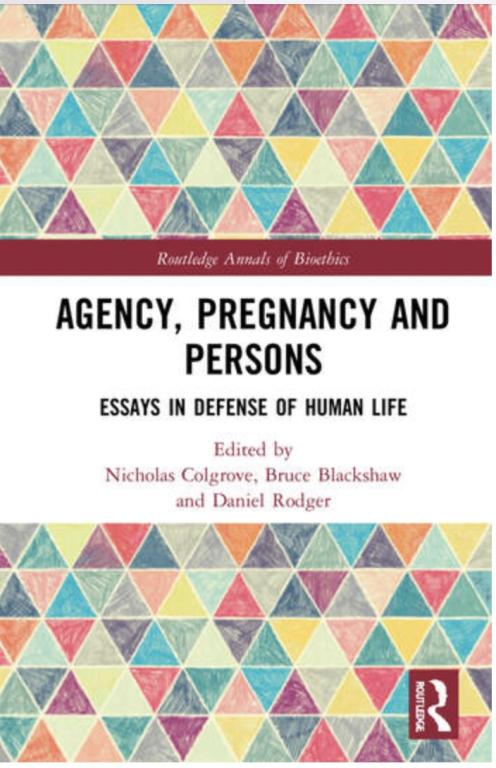The journal Theoretical Medicine and Bioethics just released online my review of Maureen L. Condic’s book Untangling twinning: what science tells us about the nature of human embryos, published in 2020 by the University of Notre Dame Press. Here’s how the review begins:
When does an individual living human organism come into being? If one argues “at conception,” then one must deal with the perplexing problem of monozygotic twinning, which occurs after conception and before the beginning of the primitive streak. At some point during this fourteen-day window, the product of conception (POC) may divide into two new human organisms, each of which may develop into an individual human being or merge with the other to (seemingly) produce a new human organism. Was the
embryo prior to the splitting a unified organism that ceased to exist upon the division, or did it continue to exist as one of the two after the split with its new twin being an entirely new organism? If the twins recombine, have both died and has a new one emerged? Can the science settle these questions or must philosophical categories be employed in order to help conceptualize what the science is saying? And what role should moral reasoning play in deciding whether the use of embryos in scientific research is permissible?
In this slim and fascinating volume, Maureen L. Condic, associate professor of neurobiology at the University of Utah, explores these and other questions. In the introduction, she tells the reader her primary reason for the writing the book: “In modern times, with the advent of chemical contraception, in vitro fertilization (IVF), and human embryo research, determining precisely when human life begins has become a matter of considerable importance. Each of these practices raises significant questions regarding the nature of the entity produced by sperm-egg fusion and society’s obligation to that entity” (p. 1). To address these issues Condic defends two claims: (1) Scientifically (and uncontroversially) a human being begins its existence at conception—when the gametes cease to be and their matter becomes constituent of a new biological entity, a human zygote—and possible events like twinning and recombination are not defeaters to this view. (2) Philosophically (and controversially) an Aristotelean-Thomistic metaphysics does the best job of explaining how organisms can undergo change while remaining identical to themselves over time, and this account has ethical implications: because under Aristotelean- Thomistic metaphysics the human embryo is identical to its postnatal self, it follows that it is entitled to full dignity and respect, which means that research that results in embryo destruction is prima facie immoral.
You can read the whole thing here, behind the paywall. (If you’re interested in the review, email me).
Update: For the time being, the review is accessible in read only mode here.












